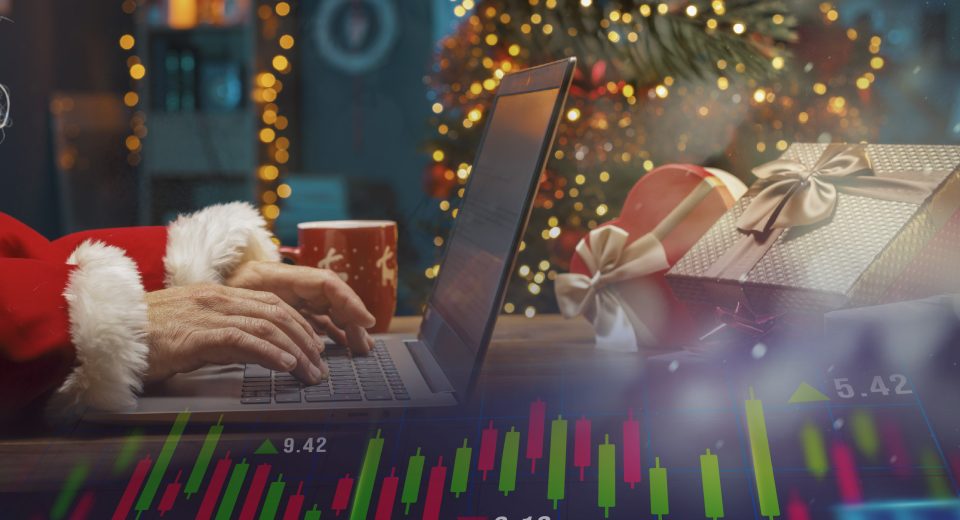How Does Prop Trading Work?

Traditionally, proprietary trading (prop trading) firms, like investment banks, hedge funds, and brokerages would offer traders the opportunity to trade with the firm’s funds and offer a profit split often in favour of the firm. The capital risk is mostly carried by the firm and the trader also received the advantages of trading on institutional platforms with access to greater information and resources.
Modern prop firms work somewhat differently. Traders usually pass an evaluation period and then trade with the firms’ funds. The proportional split with the firm is usually in the trader’s favour. Here’s how it works in simple terms, keeping in mind that different prop firms will vary in the methodology they use and percentage splits.
- The first stage is to go through an evaluation period that is often termed ‘challenges’, and you may have a choice of challenges to choose from. These might be free or paid for by the trader and have a different set of objectives and restrictions. Trading is done on demo with virtual funds. In some cases the entry fee may be refundable once the challenge is completed successfully.
- After passing the challenge traders get access to “real” funds. In some cases, these ‘real’ funds for trading are also within a simulated environment and the trades are hedged to a counterparty based on the prop firms risk management processes. It’s important to remember that as part of the funded phase there are still risk management benchmarks or restrictions which if faulted on can result in the trader losing their funded account.
- Share of profit or loss from trading depend on the prop firm. Also some firms maintain a cap of earnings, like a profit target 10% and split of 80/20 (80% to the trader, 20% to the firm). The earning cap means that a trader might earn 12%, but the profit split is set at 80% of that 10% profit target. The profit targets are then calculated from the agreed funded balance. For example, a trader pays $100 for a challenge with the aim to get a $10,000 funded account. Once completing all the phases and steps within the challenge, they will get access to $10,000 account. Once the trader reaches a profit target, they can request to withdraw their profit share.
Prop trading has evolved over the years, driven by technological advancements. Prop trading firms no longer need traders to work from their premises and can onboard traders with different skills and experience levels, from anywhere in the world.
What Can I Trade with Prop Firms?
Prop firms offer trading in derivatives, like CFDs (contracts for difference), where you do not own the underlying asset. You have complete autonomy in choosing the assets to trade, formulating your trading strategy, and making trading decisions.
Advantages
- Get access to large amounts of virtual funds to begin trading.
- Master your trading skills on a simulated trading platform.
- Earn real profits from winning trades.
Trading with Real Capital
Let’s take a closer look at step 2, trading with real funds. Once you have gained enough experience, built your trading skills, and honed your strategy, the prop firm may onboard you to trade with their capital. During this phase, the prop firm adds a pre-decided amount of capital to your live trading account.
Despite using the prop firm’s capital, you continue enjoying the freedom to follow your own trading strategy and make your own trading decisions.
Prop traders use several trading strategies, including index arbitrage, volatility arbitrage, merger arbitrage, global macro trading, and swing trading. They often combine strategies to maximize their profit potential.
CFDs are very popular among prop traders. This is because CFDs allow you to speculate in both rising and falling markets. Also, you can gain exposure to more asset classes with lower capital, as CFD trading does not require you to purchase and own the underlying asset. With CFD trading, you can also hedge risks by taking positions in the same asset in opposite directions.
Advantages
- Get a chance to make profits without investing any of your money.
- Access to a wealth of market data, advanced trading tools, and expert insights.
- Continued learning from resources provided by the prop trading firm.
- Personal support and training is offered by some firms.
Challenges in Becoming a Prop Trader
The biggest challenge is identifying the right prop trading firm. It’s a good idea to register with a reputed and regulated brokerage firm. Carefully read the terms and conditions of the agreement before starting your relationship with a prop firm.
There is much to learn in the journey to becoming a professional trader. You will need to invest sufficient time to learn and practice trading. Use your time well when trading with virtual funds, with the aim of understanding your trading style and zeroing in on your preferred assets and trading strategies.
Another big obstacle in moving from trading virtual funds to real capital is the psychological hurdle. It is more intense when trading real funds to virtual ones, so it helps to maintain a trading journal and use good risk management practices. Even experienced traders tend to feel pressure when trading with someone else’s capital. Managing your emotions is a must-have skill for professional prop traders.
To Sum Up
- You can begin prop trading with virtual funds on a simulated platform.
- Even when trading with virtual money, you earn real money from winning trades.
- Apart from capital, prop traders get access to advanced tools and market insights that aid decision making.
- With sufficient experience, a prop trader can progress to trading with real capital allocated by the prop firm.
Disclaimer:
All data, information and materials are published and provided “as is” solely for informational purposes only, and is not intended nor should be considered, in any way, as investment advice, recommendations, and/or suggestions for performing any actions with financial instruments. The information and opinions presented do not take into account any particular individual’s investment objectives, financial situation or needs, and hence does not constitute as an advice or a recommendation with respect to any investment product. All investors should seek advice from certified financial advisors based on their unique situation before making any investment decisions in accordance to their personal risk appetite. Blackwell Global endeavours to ensure that the information provided is complete and correct, but make no representation as to the actuality, accuracy or completeness of the information. Information, data and opinions may change without notice and Blackwell Global is not obliged to update on the changes. The opinions and views expressed are solely those of the authors and analysts and do not necessarily represent that of Blackwell Global or its management, shareholders, and affiliates. Any projections or views of the market provided may not prove to be accurate. Past performance is not necessarily an indicative of future performance. Blackwell Global assumes no liability for any loss arising directly or indirectly from use of or reliance on such information here in contained. Reproduction of this information, in whole or in part, is not permitted.




